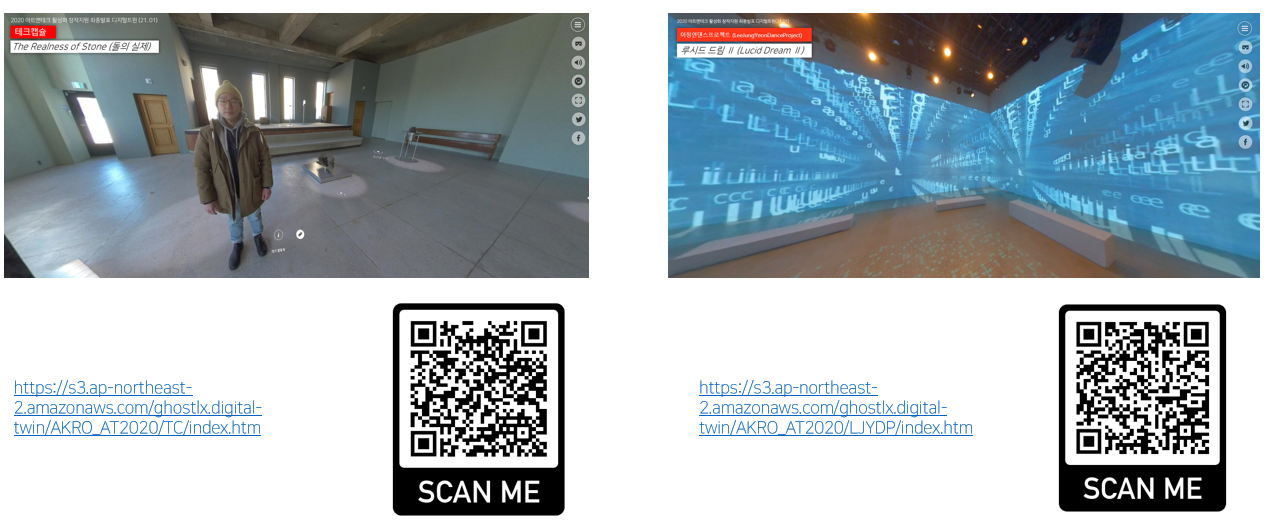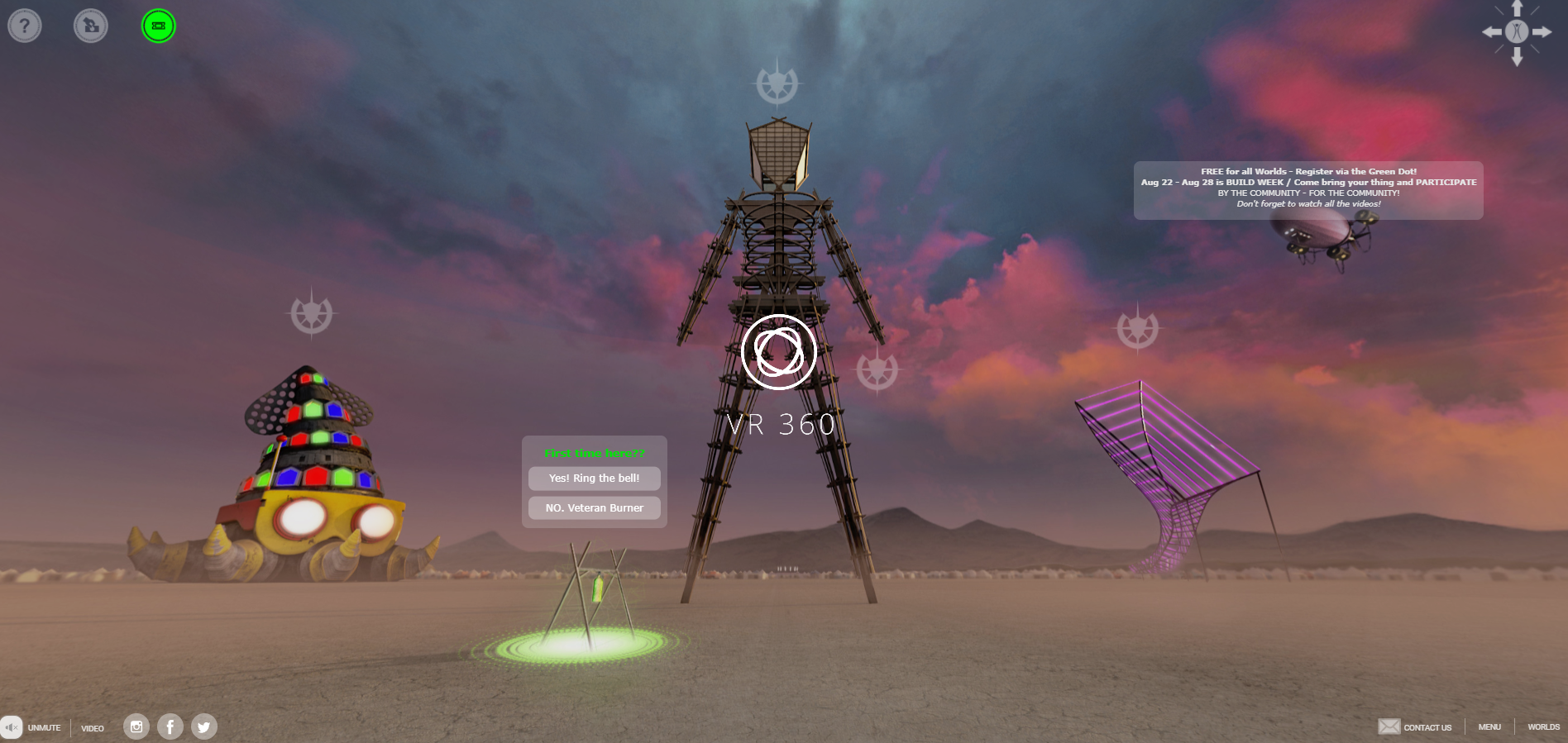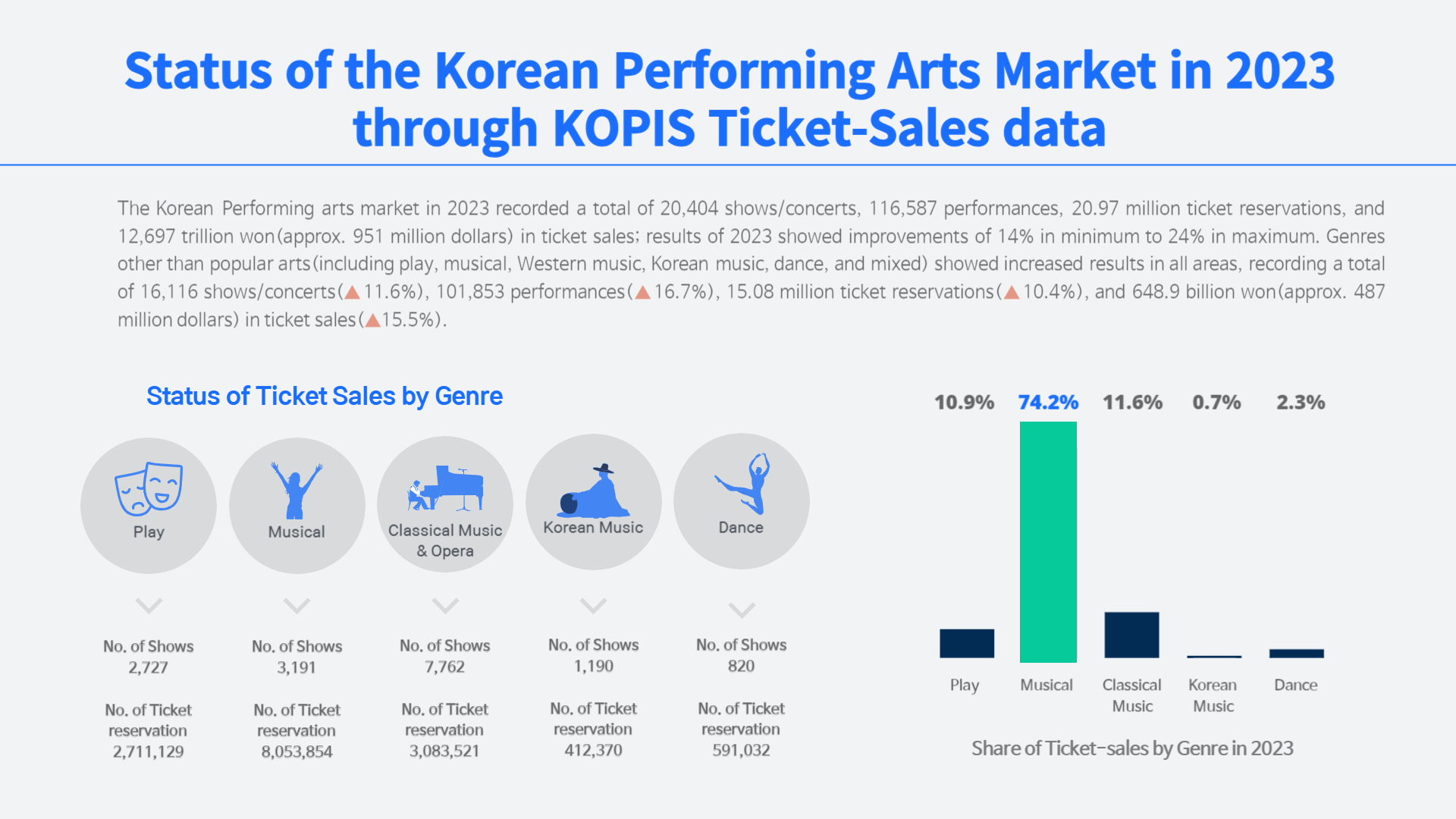How Could the Metaverse Be Used in
a Participatory Performance (Festival)?
_Interview with Kyu Choi, creative director of PAMS
Yoo JeongSik_studio director of Ghost LX
Artistic Creation and the Metaverse
Although I engage in artistic creation based on the Metaverse, the term “Metaverse” sounds still elusive and new to me. The Metaverse is a compound word of “meta” (meaning “virtual”) and “universe.” Many experts specializing in non-artistic fields define it as a three-dimensional virtual world which transcends reality. Applied to artistic creation, the Metaverse allows the audience and creator to go inside the artist’s virtual world enabled by the internet or cloud computing. In this virtual world, they can communicate with each other and participate in performances through electronic devices. But there are still limitations. Everyone uses different levels of devices so this could lead to network instability and difference in the quality of their experiences. If a performance only allows those with the Oculus Rift equipment1) to participate, it could even be an undemocratic arts experience because those without the equipment can’t enjoy it. It is true that the development of technologies and user interfaces will lower such a barrier but many improvements still need to be made in terms of how to watch performances and attract audiences. Nevertheless, the Metaverse is attractive in that it can add a space of a new world view to a performance or exhibition. So it is highly likely to continue to be used in artistic creation. Indeed, the Metaverse has become something essential for both creators and planners.
The Metaverse: A Space Where Reality Can Look Like a Fiction and Vice Versa
First of all, I would like to explain the characteristics of artistic creation in the Metaverse. To be more specific, I’ll share a case of experimenting with artistic creation in that space. I came to learn about how it works during a production. In December 2020, I served as the artistic director of〈Ae-ri in Otherland〉, Korea’s first Metaverse performance casting American and Korean actors. Based on a Metaverse platform called Spatial.IO2), the performance consisted in executing the performing arts in a virtual space used for design or business. The work was inspired by〈Alice in Wonderland〉and it also has a scene with Humpty Dumpty3). I wanted to use a crumbling wall in my neighborhood for props so I made a 3D object that looks like the real wall and used it for the rehearsal. Interestingly, the 3D object identical to the real one didn’t harmonize with the virtual space. In contrast, a low-resolution object matched the space better. Put differently, a fictional space rather needs a fictional object. There may be some exceptions but this case shows that a fictional object actually looks more real in a Metaverse creation space.

〈Ae-ri in Otherland〉produced on a mixed reality collaboration platform (Spatial)

3D set made by meticulously scanning a real wall with a LIDAR sensor (top) and a fictional wall set (bottom)
Plan to Apply the Metaverse to a Participatory Festival-Reinterpreting the Creator and Audience
This essay considers the possibility of connecting the Metaverse to a participatory festival. The Metaverse has potential to expand an offline participatory festival in both space and time. So it is necessary to redefine concepts of the “planner,” “creator” and “audience.” Please refer to the QR code below for more information. Before a festival begins, planners could invite participants to a Metaverse space so they could enjoy creators’ performances or music beforehand. Just like studying Picasso in advance to visit an exhibition of the artist’s pieces, such a preliminary experience could enrich people’s offline participatory experience. The opposite may also be true. If the Metaverse space shares creators’ performances or music at 100%, it could affect the number of offline participants. In the case of free public exhibitions, their Metaverse versions could be exactly same as the offline ones because the events are public. However, in the case of paid exhibitions, such access may be difficult because the creator would be against the idea. In such a case, a Metaverse space could be planned to shed light on the process of producing the work.

〈The Realness of Stone〉by Techcapsule (left) and
〈Lucid Dream Ⅱ〉by Lee JungYeon Dance project (right)

Main Page of Burning Man 2021
Burning Man Project and Virtual Burning
It’s Saturday. At midnight, fire is set to The Man, a human-like effigy, in a space symbolizing a city. The Man burns down completely. Deriving its name from this, Burning Man4) is a participatory festival project held in Black Rock Desert in Nevada, US. It usually takes place from the last Monday of August to the first Monday of September. But this year, it will be organized virtually from August 30 to September 6. In 2020, each participant led a community life on the dry lake or “playa” to build a virtual city called Black Rock CIty (BRC). In other words, they built a virtual city in an offline space. Creating the city in the Metaverse isn’t very different. This year, a virtual project will take place and part of it is free of charge. The Metaverse space comprises eight worlds and hyperlinks connect the worlds through 3D or 2D. Participants mainly use PC or mobile devices for this project while they need to install an application for specific VR equipment to enter the world called BRCvr.
Segmentation of the Audience and Communication Plan for Participants in the Metaverse
This year’s Burning Man is characterized by its variety of worlds intended to solve space and time problems through a virtual Burning project. The worlds are divided into two categories. The first category only gives access to adults aged 18 years or more while the second one also invites families and teenagers who couldn’t come to the previous events due to the space limit. In addition, the audience has been segmented not only according to their age but also according to their characteristics: tech & VR lovers, new burner, tech-phobic and gamers. Such segmentation is quite attractive. The eight worlds mostly support the use of avatars while some of them allow participants to use Zoom, video cameras and group chat, thus supporting their communication inside the Metaverse.
Analysis and Experiment of Participants
If you are planning an experimental Metaverse festival like the Burning Man project or a participatory performance, I would like to encourage you to participate in this year’s Burning Man project for an experience. The project is the first of its kind so it may look slightly immature. And it may not be something extraordinary as you heard before. Nonetheless, if you are a planner or an artist, it would be helpful for you to see how they carry out their meticulous audience segmentation and communication plan they devised in advance.
Having graduated from the David Geffen School of Drama at Yale, Yoo JeongSik works as the studio director of Ghost LX to design offline performing arts spaces and digital arts spaces. As the artistic director of
1) Oculus Rift: virtual reality headset display (editor’s note).
2) Virtual reality collaboration platform(https://spatial.io) (editor’s note).
3) Humpty Dumpty: a huge, egg-like character from〈Through the Looking-Glass and What Alice Found There〉.
4) https://virtualburn.burningman.org/booth/








 PREV
PREV

.jpg)
.jpg)
.jpg)
.jpg)











